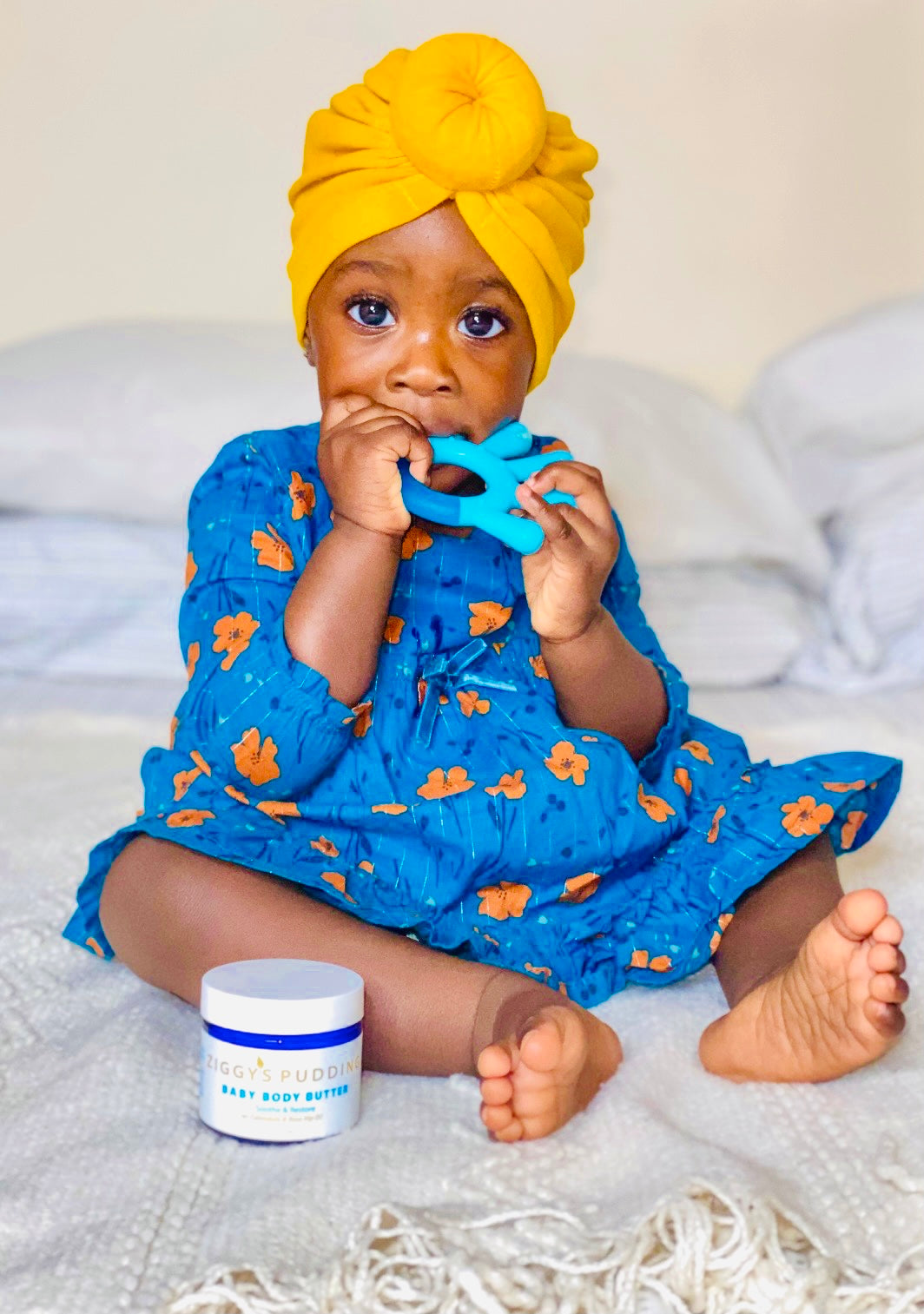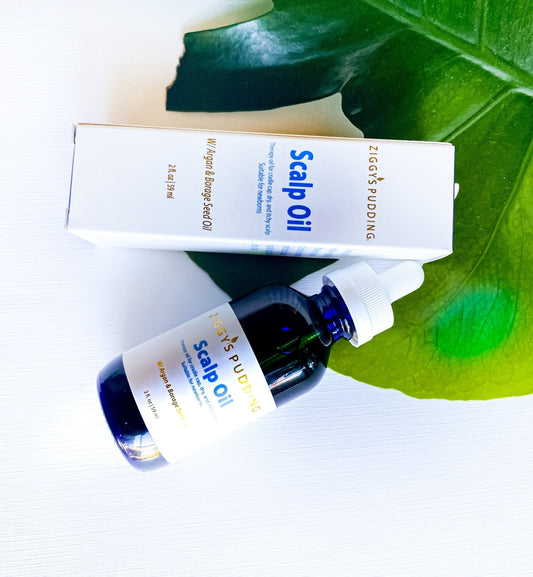The Ziggy's Pudding No Never list of ingredients
Did you know? Europe has banned over
1300 ingredients. The U.S.? Just 30.
And Ziggy's Pudding? Over 2700.
Our formulations are vegan, gluten free, cruelty free, non-gmo, free from synthetic chemicals, additives, fillers, phenoxyethanol, fragrance, artificial colors, parfum, parabens, petro-chemicals, mineral oil, petrolatum, phylates, and toxic chemicals.
The NO NEVER LIST
Aluminum Powder: elemental aluminum (powder) is the third most abundant element on earth. We are exposed to it through a variety of sources including drinking water, pharmaceuticals. Aluminum can also form as salts or oxides. The toxicity of different forms of aluminum depends in large part on its solubility in water and the pH range.Aluminum compounds appear to be poorly absorbed by the human body.
Aluminum powder is a toxicant (at high doses), and it is prohibited from all products.
Animal Derived Ingredients: animal Musks and Animal Fats are never in our products.
BHA (Butylated Hydroxyanisole): a preservative linked to cancer, skin irritation, and hormone disruption.
BHT (Butylated Hydroxytoluene): a Toluene-based preservative linked to skin irritation.
EDTA: Calcium Disodium EDTA, Tetrasodium EDTA, Trisodium EDTA, etc, are chelating agents, meaning that they bind to metal ions, which inactivates them. These ingredients are not linked to consumer health issues, but they might be a problem for aquatic life since they don't break down in the environment and have been found in waterways.
Ethanolamines: these ingredients (including DEA/TEA/MEA/ETA) may be contaminated with chemicals like Nitrosamines, which are linked to cancer.
Petroleum-Derived and/or Synthetic Ingredients.
Ethoxylated Ingredients:these ingredients are synthetically produced using Ethylene Oxide, a carcinogen. 1,4-Dioxane, another carcinogen, often contaminates the Ethoxylated ingredients, but 1,4-Dioxane itself doesn’t appear on ingredient labels. To avoid Ethoxylated compounds look for these common ingredients listed on labels (although many more exist too):
Ceteareth-20, Sodium Laureth Sulfate (SLES), Ammonium Laureth Sulfate, and most ingredients ending in “-eth”
Emulsifying wax: this is usually a blend of Cetearyl Alcohol and Polysorbate 60 or Ceteareth-20
PEGS: (Polyethylene Glycol) compounds. There are over 1000 PEG ingredients listed in the International Nomenclature of Cosmetics Ingredients Database such as Polysorbate-20, and more.
Formaldehyde: although typically not listed as an ingredient, Formaldehyde “releasers” or “donors” often are listed on ingredient labels. Some of the ingredients that likely have Formaldehyde tagging along include DMDM Hydantoin, Diazolidinyl Urea and Quaternium-15.
Hydroquinone: typically used for skin lightening reasons, it inhibits melanin synthesis, causes skin irritation, and may cause discoloration of the skin. Hydroquinone is a metabolite of the carcinogen Benzene.
Methyl Cellosolve or 2-Methoxyethanol: this ingredient has been banned in the European Union; it’s a solvent that’s used as an additive in perfumes. It can cause skin irritation and may cause effects on the central nervous system, blood, bone marrow, kidneys and liver.
Methylchloroisothiazolinone and Methylisothiazolinone: these preservatives are banned from use in leave-on cosmetic products in the European Union and restricted to very small amounts in rinse-off products. They can cause skin allergies and irritation and may be toxic to the nervous system.
Nitromusks: there are several types of synthetic musks used as fragrance ingredients. Two types, Nitromusks and Polycyclic Musks, have health and environmental concerns ranging from suspected endocrine disruption to widespread environmental problems.
Parabens: certain Parabens have been linked to hormone disruption. We never use any parabens in our products, including Butylparaben, Isopropylparaben, Methylparaben.
Perfluorinated compound (PFASs or PFCs): there are 3000 highly fluorinated compounds used in many different types of products because of their oil-, stain-, and water-repellent properties. Compounds in this category do not break down in the environment, and many have been linked to a variety of health issues including cancer, hormone disruption, liver toxicity, and obesity. We avoid products with “perfluor” or “polyfluor” as part of the ingredient.
Petrolatum and Paraffin Petrolatum: is a semisolid mixture derived from processed petroleum. Mineral Oil, Paraffin Wax, Liquid Paraffin, and several other ingredients are also petroleum distillation byproducts. The concerns with these ingredients are unsustainable sourcing and possible PAH contamination. PAH (which stands for Polyaromatic Hydrocarbons) are linked to cancer.
Phthalates Phthalates are plasticizing chemicals. Some appear on product ingredient labels, but many may remain undisclosed, hiding under the term “fragrance.” Since some phthalates have been linked to hormone disruption.
Phenoxyethanol: is a controversial ingredient in most skincare products, used as a preservative to prevent/kill bacterial growth in products that contain water, our products do not contain water, so we do not use this preservative.
Talc: is used in a range of consumer products, including color cosmetics and body (talcum) powders. There are two potential concerns regarding talc: 1) the risk of asbestos contamination and 2) the risk of small particles getting into the body through inhalation or perineal (genital) use of talc-based body powder.
Ziggy's Pudding, The clean skincare standard for our precious, gentle babies.



